Positive Signals for Vietnam’s Agro-Forestry-Fishery Exports
Key Markets Maintain Growth Momentum
Mr. Trần Gia Long, Deputy Director of the Department of Planning and Finance (Ministry of Agriculture and Environment), stated that in the first four months of the year, Vietnam’s economy and the agriculture sector have seen significant changes. Despite facing many challenges, the agriculture and environment sector is presented with major opportunities to achieve its 4% growth target in 2025.
As of the first four months of 2025, Vietnam’s total agro-forestry-fishery export turnover reached approximately USD 21.15 billion, an increase of 10.7%. Specifically, major agricultural products reached USD 11.6 billion, forestry products USD 5.56 billion, and aquatic products USD 3.09 billion. Notably, the sector recorded a trade surplus of USD 5.18 billion. Several key export items experienced strong price growth, such as: coffee up 67%, pepper up 62%, rubber up 32%, and cashew nuts up 27%.
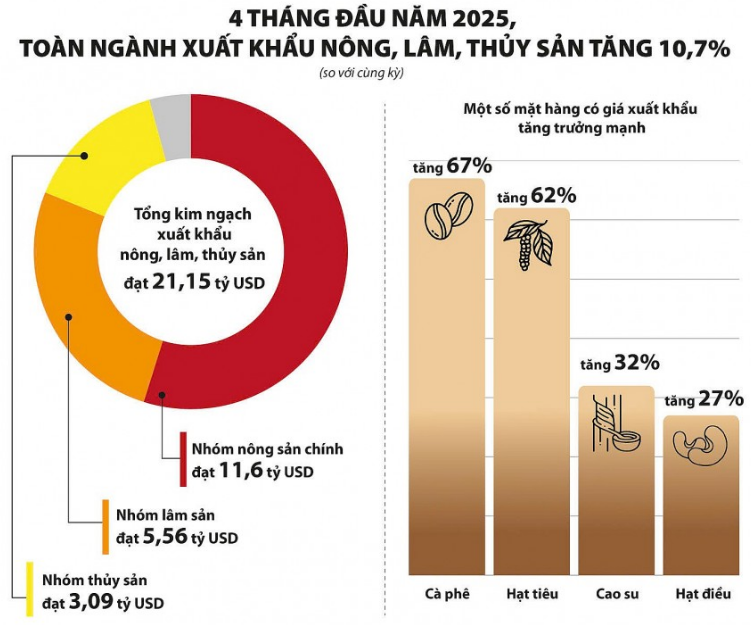
Major agricultural export markets continued their growth: the U.S. rose by 10.2%, China by 17.1%. Particularly noteworthy, exports to the EU increased by nearly 40%, the Americas by more than 12%, and Japan by over 23%. These are positive signals reflecting the success of market expansion and diversification efforts.
However, despite the U.S. having temporarily postponed its new tax policy for 90 days, the potential implementation still poses significant challenges to Vietnam’s agricultural exports, as competitors like Thailand and India enjoy lower tariff advantages.
Exporters Responding to Surging Demand
As the leading exporter of pepper to the U.S., Mr. Phan Minh Thông, Chairman of Phuc Sinh Group, shared that since the U.S. postponed the reciprocal tax from April 10, 2025, the company has received a flood of orders and inquiries. The sudden surge in demand has forced the company to operate three production shifts to keep up.
Mr. Phan Hoàng Duy, Deputy General Director of Can Tho Import-Export Seafood Joint Stock Company, noted that the company currently exports pangasius to more than 30 markets, with over 50% of its volume going to the U.S. Additionally, the company is actively reconnecting with old partners in Europe, Canada, Brazil, Japan, Australia, and several Asian countries as part of a diversification strategy.
Expanding Markets for Agro-Forestry-Fishery Products
According to the Ministry of Agriculture and Environment, to boost exports in the near future, the sector will swiftly build a comprehensive market database and export development criteria, while also issuing an export promotion plan for 2025 to ensure growth targets are met.
.png)
In parallel, the ministry will closely monitor international developments, participate in government trade negotiations, and work to mitigate adverse impacts on local farmers and businesses. Efforts will focus on expanding exports to high-potential markets such as Japan, the EU, the Middle East, Halal countries, India, South Korea, and Africa.
Amid the uncertainty surrounding new U.S. tariff policies, the ministry is also preparing measures to negotiate and reduce negative impacts, including proposing and implementing support mechanisms to enhance the resilience of exporters and push market diversification. At the same time, it will promote communication campaigns and seek support from U.S. partners for Vietnam’s agricultural exports.
The ministry also plans to launch trade promotion campaigns, foster domestic market development, and organize working delegations to promote export-import cooperation with the UK, Germany, Australia, and New Zealand.
Domestically, the ministry will support market development by organizing major trade fairs and exhibitions such as AgroViet and the Vietnam Craft Village Fair, as well as local agricultural weeks in major cities to connect producers with distribution and export channels.
Recognizing that deep processing and market diversification are key to increasing export value, many agricultural processing enterprises are now expanding markets, diversifying partners, and investing in modern technologies to improve quality control and traceability.
Three Gowth Scenarios for 2025
The Institute of Policy and Strategy for Agriculture and Environment (under the Ministry) has released three growth scenarios for Vietnam’s agro-forestry-fishery sector in 2025, each based on potential U.S. tariff rates and their impacts on export revenue and sector growth.
Scenario 1: If the tariff remains at 10% throughout 2025 and applies equally to all countries, agricultural exports and the sector's growth target will remain largely unaffected.
Scenario 2: If, after the postponement period, both sides agree on a 20% tariff, exports in the second half of the year may fall by 20%, dragging growth down by 0.15–2 percentage points to around 3.8–3.85%.
Scenario 3: If the U.S. imposes a 46% tariff, exports in the latter half of 2025 could drop by 40%, leading to a 0.3–0.4 percentage point decrease in growth, to around 3.6–3.8%.
The Institute recommends several countermeasures: intensifying dialogue with the U.S., securing emergency support for heavily affected sectors, expanding export markets, enhancing origin transparency, and building a robust quality control system. Moreover, investment in R&D and modern technologies is critical to improving productivity, product quality, and lowering production costs—thus enhancing competitiveness.
For businesses, the Institute advises diversifying export destinations beyond traditional markets like China, East Asia, ASEAN, the U.S., and Europe, with a stronger focus on exploring new high-potential markets.
Source: thoibaotaichinhvietnam.vn
Aqua Mina's distributor in Japan: REX INDUSTRIES CO., LTD
- Address: 1-9-3 Hishiya-Higashi, Higashi-Osaka 578-0948 JAPAN
- Email: kimakubo@rexind.co.jp
- Phone: +81-(0)72-961-9893
- Website: http://www.rexind.co.jp/e/
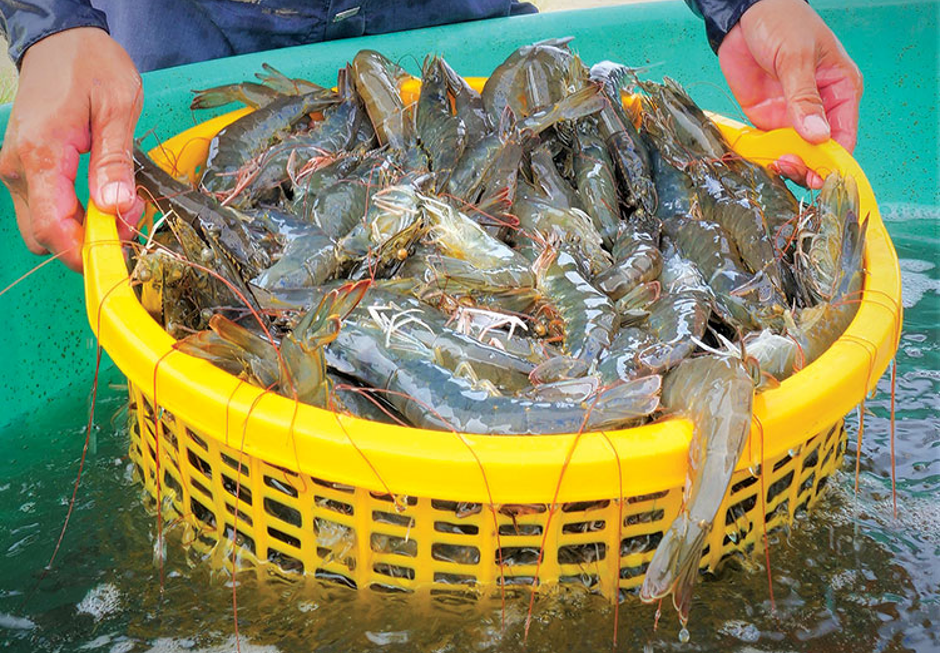
WE WORK FOR YOUR SUCCESS!
Ngày đăng : 16/05/2025
1946 View
Other Articles
Portuguese food group acquires 18% stake in cod farming company Norcod
Indonesia implements radioactive-free shrimp certification for exports to the United States
India is world’s second-largest shrimp producer. That is now under threat
Ca Mau’s shrimp industry moves towards “green” growth
Floods devastate aquaculture, processing operations in Vietnam
Ecuador Leads Global Shrimp Exports, Surpassing USD 7 Billion in 2025
India's marine product exports rise 16% as new markets offset US dip
Skretting presents the first shrimp feed with insect meal in Vietnam
Sharing: EU increases shrimp imports in the first 9 months of the year
Gideon De Oro opens high tech Cebu shrimp plant, to revive exports
White-leg shrimp facing WSSV: When density and environment fluctuate together








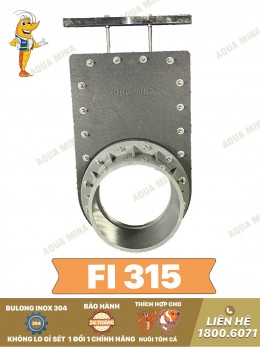

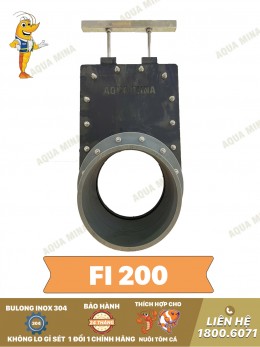
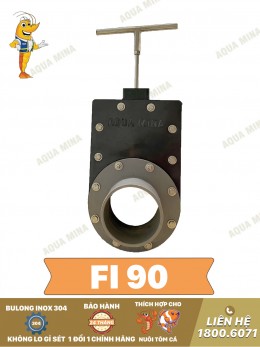
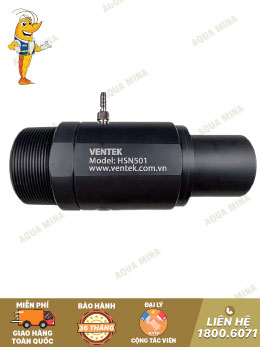

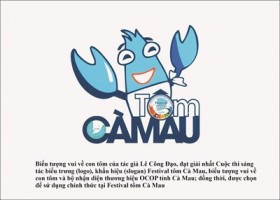

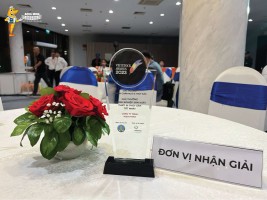

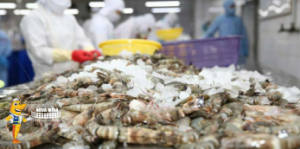
.jpg)